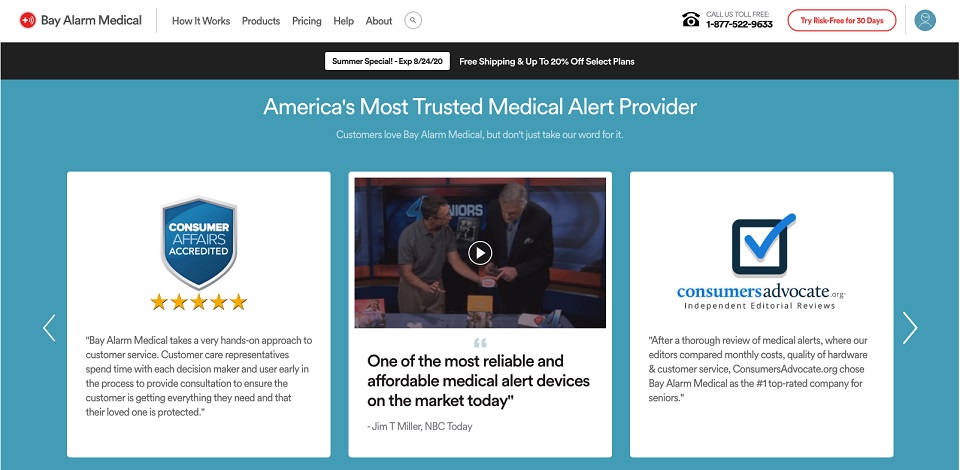There are many strategies for successfully positioning a brand in today’s competitive market. From advanced digital marketing techniques to fun guerrilla methods, there’s always a way to reach your target audience.
However, when all things are said and done, the old methods still work just as well. This is why building brand trust and brand equity are two of the most effective ways to position and grow your business.
With eCommerce, these aspects of branding become even more significant. After all, without the reassuring physical location and human contact you’d establish in a brick-and-mortar store, it can be challenging to help people build trust in what you are selling them.
Then again, online business operations allow for plenty of creative solutions that could help you build authority and boost your company’s value.
How Branding Influences Conversions
Investing in reach and traffic are the first steps towards getting your eCommerce business off the ground. Nonetheless, without building brand trust, they won’t do you much good.
According to the latest research, two-thirds of consumers will abandon their online purchases due to a lack of trust. But even before they get to that stage of their buying journey, they’re most likely to read an average of 10 product reviews and look up your business on Google.
Now consider that a single negative review can make it up to 40% less likely for you to close a sale. With all this data in mind, it becomes clear that brand trust and brand equity are the most valuable aspects of your positioning strategy.


Source: depositphotos.com
Before you go about trying to build brand trust and equity, you need to know what factors contribute to them. According to a paper measuring customer-based brand equity, the five elements contributing to it include:
- performance
- value
- social image
- trustworthiness
- commitment
When translating this model into the world of e-Commerce, researchers also add the element of loyalty as a critical driver of value.
So how do you address these six contributing factors in your digital branding strategy? The following tips could prove to be a good start for most businesses.
1. Invest in Product Quality
One of the main contributors to brand trust and equity includes your organization’s performance. This is a clear indicator that product quality should be atop your list of priorities.
In addition to investing in the development phase, remember that your website copy will impact your products’ performance as well.
Are you trying to establish yourself as the player in your niche who makes the highest quality products? If the answer is yes, point this out in your hero section.
Or, if you offer a lifetime guarantee for your items, highlight this benefit in a high profile location on your website. It’s precisely what furniture manufacturer Thos Moser does with the Tenets section on their homepage.


Source: thosmoser.com
Remember, quality products don’t just promote trust and value. They are also an instant investment into customer retention, especially when you know that 55.3% of consumers consider product quality to be the leading driver of loyalty.
2. Offer Added Value
What’s the golden ratio consumers search for when purchasing from brands?
Naturally, they’re looking for the company that will provide the best value for money.
And you need to remember that value isn’t just about material things.
To boost your brand’s authority and build trust / equity, look for ways to give your customers more value than what they paid for.
Customer service that goes above and beyond is an excellent example of added value – both to you and your buyers. You can’t charge extra for it, but if you provide it, you’re looking at up to 14 times higher revenue.
So try to look for ways to incorporate this added value into your brand’s products and overall experience. One example is to offer personalized coaching session, like you can see in the below example from Ultimate Meal Plans.


Source: ultimatemealplans.com
Alternatively, make providing value a key part of your overall content marketing strategy.
A blog section that offers your customers scientifically-backed research data, such as this one by Eachnight, is the right way to build trust via education.


Source: eachnight.com
3. Manage Social Image
Did you know that proximity can serve as THE main factor which influences a prospect to make a purchasing decision?
In fact, psychological research has shown that friends and family directly impact user behavior. With the widespread adoption of social media, the circle of these buying advisors has expanded to also include influencers.
With this in mind, it becomes clear that social proof is something you want to invest in. Encourage consumers to leave reviews, show these comments on your website, and make the most of user-generated content sourced from your social media followers.
For example, sports gear manufacturer Salomon came up with the hashtag #TimeToPlay, which has generated over 1 million posts on Instagram alone. Imagine the positive impact that this sort of proof can have on a prospective or repeat customer.


Source: instagram.com
Of course, you should also look for more conventional ways to boost brand trust.
If other reliable resources have ranked your products highly, show this type of social proof off. A great example of doing this comes from Bay Alarm Medical.
They back up their title of “America’s Most Trusted Medical Alert Provider” using videos and quotes from trusted publications.


Source: bayalarmmedical.com
Finally, don’t forget to be approachable. Have an active presence over your social media accounts, and consider extending your customer service to as many platforms as possible.
Answer all inquiries promptly, address issues with efficiency, and don’t forget to keep your contact information regularly updated.
4. Showcase Responsibility and Accountability
No matter how hard you try, there’s no such thing as pleasing everyone. This doesn’t mean you shouldn’t do your best.
But be prepared — there will be times when your customers won’t be 100% satisfied with your service, whether by your fault or otherwise.
If you do come across this situation, you will need to handle it responsibly and with integrity. Take ownership of your mistakes and vow to do better next time.
For a great example of how Netflix does this, take a look at this Twitter interaction.


Source: twitter.com
It’s not just that the company realized their mistake and did their best to fix it. Moreover, it took a proactive stance and communicated the situation to its users, letting them know what was going on.
The same formula can be applied to eCommerce as well. Have to raise prices? Let your customers know, give them an explanation, and offer them something that will make the transition more bearable.
Being upfront about events and changes, even when the circumstances are far from ideal, will boost trust in your brand. In the end, customers will know that they can always count on you for honesty.
Final Thoughts


Source: depositphotos.com
When thinking about branding, many entrepreneurs tend to forget that it goes beyond a company’s name or logo.
Much more importantly, a brand’s ability to instill trust lies in the values it represents publicly.
So if you’re researching ways to do more for your customers, you’re already on the right path.
The four tips above will help you communicate to your consumers that their trust is essential to you. But, of course, don’t forget to back your words with action.
Ultimately, that’s what will determine your brand’s customer-based equity.
All image sources credited above, including creative common Image Credits: CC 0; Public Domain.
Disclaimer: The views and opinions stated in this post are that of the author, and Return On Now may or may not agree with any or all of the commentary.
This guest post brought to you courtesy of Return On Now, Professional Austin SEO and PPC Services Company.
Catherine Palmer
Latest posts by Catherine Palmer (see all)
- 6 Common CTA Mistakes That Are Killing Your Conversions - December 13, 2023
- 9 Types of Unique Content for Marketing (+Examples) - August 4, 2023
- 7 CTA Best Practices to Increase Conversions + 10 Great Examples - June 1, 2023





